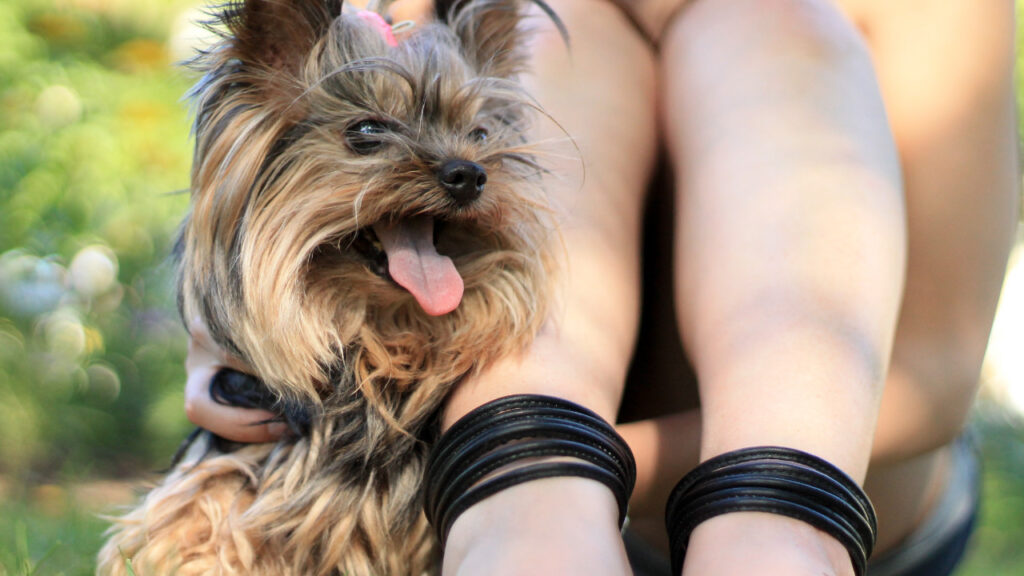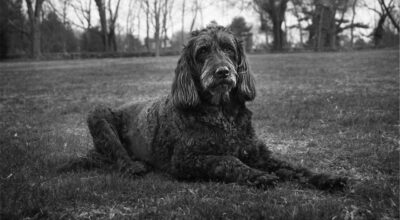Grass seeds can be harmful to your pet

Grass seeds seem very innocuous, but really they can be nasty and harmful little things. They are a very common cause of discomfort and pain for our pets, especially dogs.
They are shaped like an arrow with a very sharp point and feathered sides, and they can easily burrow through skin and lodge into orifices. Common spots are their paws after walking on them, their eyes and ears if they are rubbing their face in the grass, and anywhere that the skin is in contact with them.
The problems these grass seeds cause depends on where it is lodged:
- Paws – it will cause a painful local inflammation where it is, and when left untreated, an abscess will develop around it. Your dog is likely to be licking or biting at the area due to the pain, they are also often limping on that leg.
- Eye – on the eyes they can get caught up under the eye lid or under the third eyelid. We don’t have one of these – but dogs and cats do. It is pink and is usually is retracted in the inner corner of your buddy’s eye but the pocket between it and the eye is a perfect hiding spot for a nasty seed. You may not even see any part of the grass seed it can be so well hidden, but what you will notice is that your pet’s eye is half or fully closed, and it’s weepy and sore. Your veterinarian will always carefully check for anything caught under the eyelids and third eyelid in the case your pet has a painful eye.
- Ear – the seed can be lodged deep in the ear so that you cannot see it easily, your veterinarian will require an otoscope to check if there’s one present. It will cause pain, so commonly they are shaking their head or rubbing at their ears. If left untreated, the ear can also become secondarily infected. They can cause severe damage to the ear drum.
- Skin – they can be lodged anywhere on our pets skin, in the sides, on the bottom, you name it. There will be a swelling around the seed and pain on touching the area. Your pet will make their discomfort obvious by trying to bite or rub at the area. Due to the infection, your mate may also be lethargic and lose their appetite.
Best advice, prevention
These are my tips to help you minimise the risk of grass seeds causing a problem for your fur baby:
- mow your lawn regularly.
- avoid walks in the long grass. Stick to where it’s short.
- check daily. When you’re home from a walk spend five minutes checking your dog thoroughly from nose to tail, and remove any grass seeds you see – this gets rid of them BEFORE they can burrow into the skin. Be systematic and check the legs, arm pits, body, around the tail, face, ears and paws especially between each of the toes.
- groom. Regularly groom long haired dogs to keep fur short especially around the face, paws and ears.
Next best advice, early intervention
Once under the skin, the grass seeds can migrate about, and if in the eyes or ears they can cause great damage locally, so action for your buddy needs to be taken immediately. If you recognise there’s a problem, head straight to your local veterinarian. It’s much easier (& cheaper) to treat these early rather than further down the track. Sometimes, if treated later an anaesthetic and surgery is needed to find and remove a grass seed.

